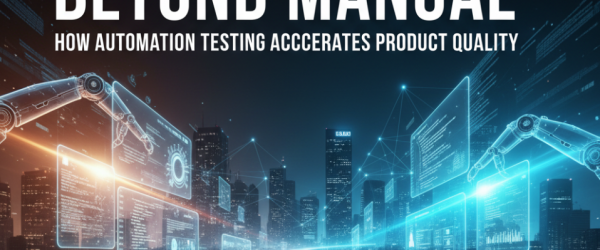Introduction
Businesses today are generating more data than ever — but simply collecting data isn’t enough. To stay competitive, organizations must transform data into actionable intelligence that drives decisions and delivers measurable outcomes. This is where system intelligence comes in.
System intelligence is the strategic integration of data, decision models, automation, and governance into a unified framework that drives smarter, faster, and more consistent business results.
What is System Intelligence?
System intelligence (sometimes called decision intelligence or systems of intelligence) is not just a technology trend — it’s an operating model. It combines:
- Trusted Data & Observability – Clean, timely, and reliable data pipelines.
- Decision Models – Predictive and prescriptive analytics to recommend actions.
- Automation & Orchestration – Execution through workflows or AI agents.
- Governance & Oversight – Policy-driven controls, auditability, and transparency.
In short, system intelligence is how businesses move from insight to impact — ensuring decisions are data-backed, measurable, and scalable.
Why System Intelligence Matters — Key Stats
| Insight | Why It Matters |
| 71% of companies use AI regularly in at least one business function (McKinsey, 2024) | Proves readiness for intelligent decision-making systems |
| 74% of businesses struggle to scale measurable AI value (BCG, 2024) | Highlights the need for better governance and outcome measurement |
| 40% of enterprises report AI adoption but lack maturity in operations (Gartner, 2024) | Indicates opportunity to mature systems for consistent ROI |
Benefits of Harnessing System Intelligence
- Faster Decisions: Reduce decision-making cycles by surfacing recommendations instantly.
- Consistency & Compliance: Align decisions with policies and reduce risk.
- Operational Efficiency: Automate repetitive decisions and free employees for higher-value tasks.
- Measurable ROI: Link every decision to a business KPI, ensuring results can be tracked and optimized.
6-Step Roadmap to Implement System Intelligence
| Step | Action | Owner |
| 1 | Identify high-impact decisions (e.g., fraud detection, inventory planning) | Business / Product Team |
| 2 | Map and clean data sources, define data contracts | Data Engineering |
| 3 | Design decision logic and define KPIs | Decision Science / PM |
| 4 | Implement observability & tracing for decisions | SRE / Analytics |
| 5 | Pilot with risk controls and human-in-loop | QA / Compliance |
| 6 | Scale with governance, monitoring, and retraining cycles | Leadership |
Governance & Ethics — The Foundation of Trust
No intelligence system is complete without strong governance.
- Policy-First Approach: Define clear boundaries for automation.
- Auditability: Log decision inputs, model versions, and outcomes for transparency.
- Drift Detection: Monitor performance continuously and retrain models proactively.
- Human Oversight: Keep humans in the loop for high-risk decisions.
Strong governance builds trust — the key ingredient for adoption at scale.
Key Metrics to Measure Success
| KPI Category | Example Metric | Business Impact |
|---|---|---|
| Decision Accuracy | Precision / Recall | Reduces errors and improves confidence |
| Time-to-Decision | Avg. time to act on data | Speeds up operations |
| Cost Impact | Cost saved per automated decision | Proves ROI |
| Compliance | % decisions with audit logs | Ensures regulatory adherence |
Common Pitfalls to Avoid
- No Clear Business Alignment: Tie every technical metric to a business KPI.
- Siloed Deployments: Build a shared data and decision fabric to prevent fragmentation.
- Ignoring Human Factors: Co-design automation with employees to ensure adoption and trust.
Conclusion
Harnessing system intelligence is no longer a “future trend” — it’s a necessity for organizations that want to stay competitive. By uniting data, decision models, automation, and governance under one framework, businesses can achieve smarter outcomes, faster decision-making, and measurable ROI.
Start small, measure everything, and make governance part of your process. This is how organizations transition from AI experimentation to enterprise-scale value creation.






